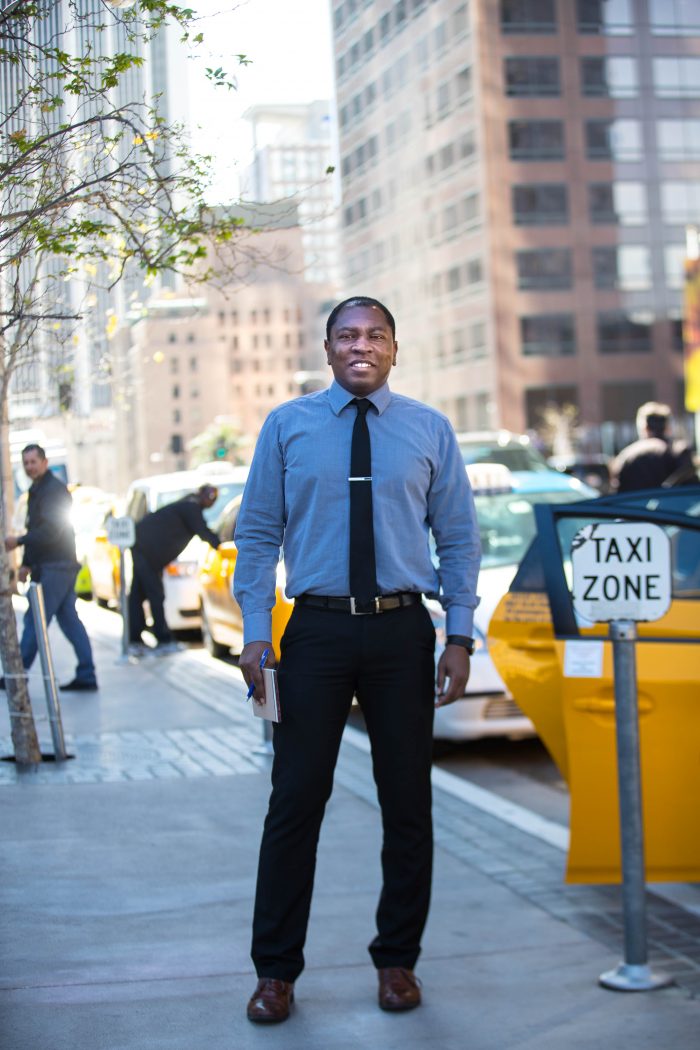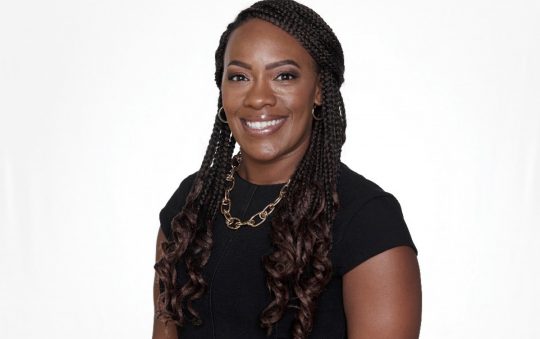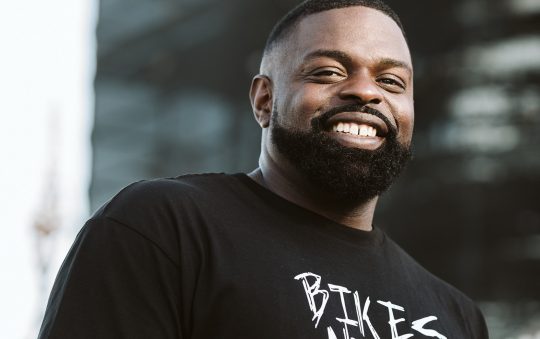LADOT’s Jarvis Murray Regulates City’s 2,300+ Taxis

Los Angeles is not known as a “cab city,” but Jarvis Murray hopes to change that reputation through improved customer service and modernization of L.A.’s 2300+ fleet.
As L.A.’s taxicab administrator, Murray and his team of 20 regulate the permitting and inspections of cab companies, vehicle owners and drivers as well as non-emergency ambulances. The division also develops policy and designs grant programs all in the interest of public safety.
“We handle all aspects of taxicabs. It’s the kind of business no one really thinks about,” said Murray. “But, we are here to protect people from getting into vehicles without licensed drivers, make sure that vehicles are mechanically sound, and ensure that our drivers provide service to everyone, no matter what part of town you are in.”
His customer service orientation for drivers extends beyond being courteous and professional to include accepting senior citizens and people with disabilities as riders. Murray’s philosophy is that anyone with cash or a credit card should be able to hail a cab.
“There are many people who don’t have bank accounts or a smartphone, so they aren’t going to necessarily use Uber or Lyft. But our people, we service everyone. If you don’t have credit card, don’t have a smartphone, you’re still getting into a taxi. If you have a large wheelchair, we have 228 wheelchair vehicles that we can send out to you. We’re here to service everybody. That’s the importance of what we do,” he said.
Another important area for Murray is modernizing the fleet with sustainable, hybrid vehicles and incorporating app-based services to enhance taxi operations. To reach the latter goal, he advocates using various software applications such as call taking and automatic dispatching that improve the transportation experience for both the driver and the customer.
Murray’s knowledge about attaining a positive taxi experience stems from his long involvement in the regulated industry. He served as the enforcement and legal affairs manager for the San Francisco Municipal Transportation Agency before joining LADOT. Prior to that position, he was a general litigation attorney in the Bay area where one of his clients owned a taxi company.
“With a taxi company, you have a lot of accidents and it was my job to keep the claims low. I got to know the business and the drivers,” said Murray, who added that when the company was sold, the new owners asked him to continue representing the firm. While in that capacity, the city of San Francisco recruited Murray to serve on an interview panel for a new director of the taxicab regulation division and ended up offering him the job.
Now that he’s in Los Angeles, Murray is reconnecting with the city of his childhood. “One of the things I loved about growing up in L.A. was the diversity of people and the diversity of experiences you can have,” he shared.
“We lived in Baldwin Village, then Inglewood and then moved out to the valley. I went to Hamilton High School and I had friends that lived in Koreatown and South L.A. I even went to church on 84th and Central.
“I’ve been around so many different cultures, growing up and career-wise, whether you are poor or wealthy and I’ve learned to work with so many varieties of people that I think that’s given me an advantage in my career and in my life and I’ve enjoyed it quite a bit,” said Murray, whose drivers comprise a multicultural group from the U.S., Russia, Burma, Ethiopia, Somalia, Vietnam, and Brazil.
But for the present, Murray is committed to “getting customers to be comfortable in taxis again,” and he plans to not only utilize his experiences with diverse people, but also other lessons from his past.
“Develop a plan, but don’t be afraid to deviate. If things don’t go right the first time, it’s really how you bounce back from it. It’s part of making a plan.”






